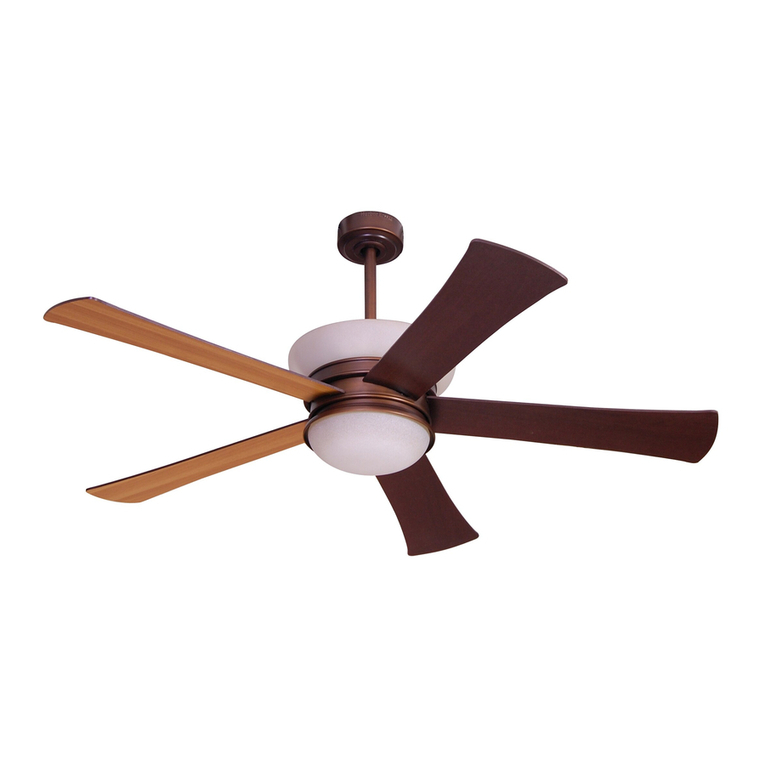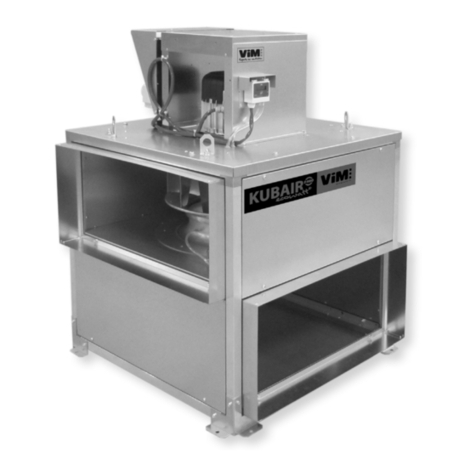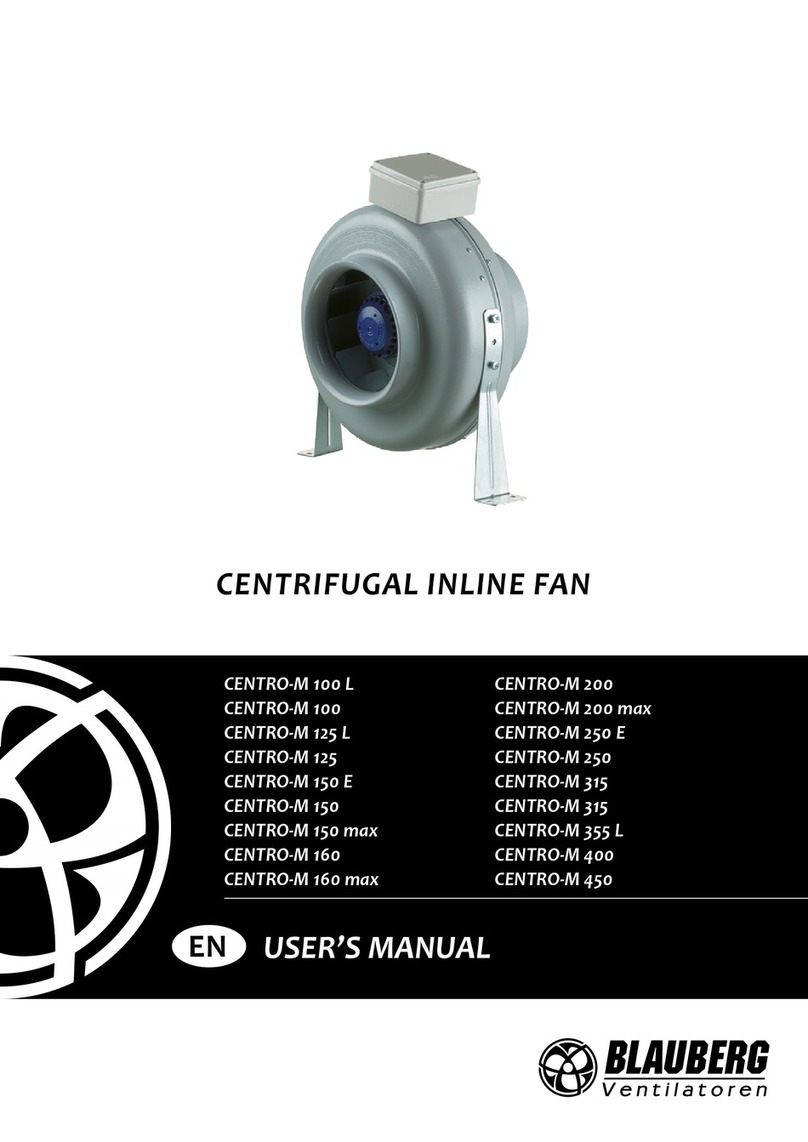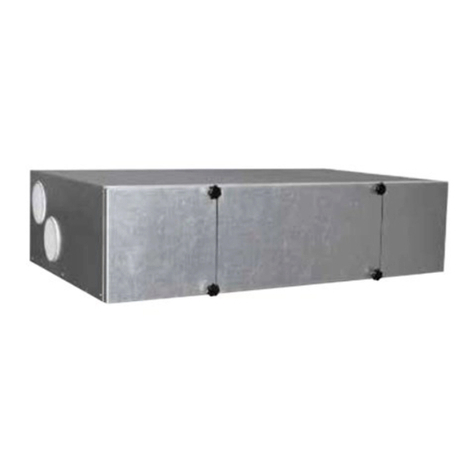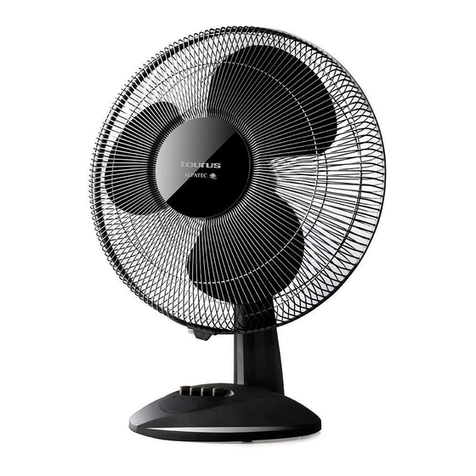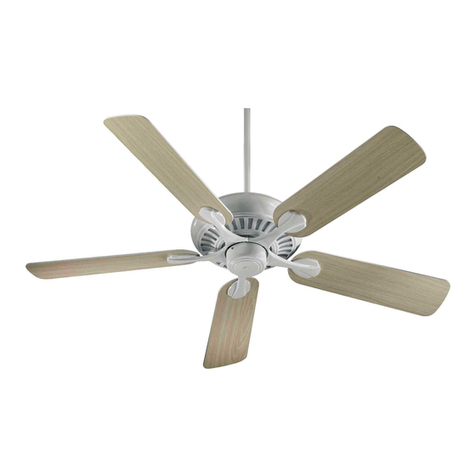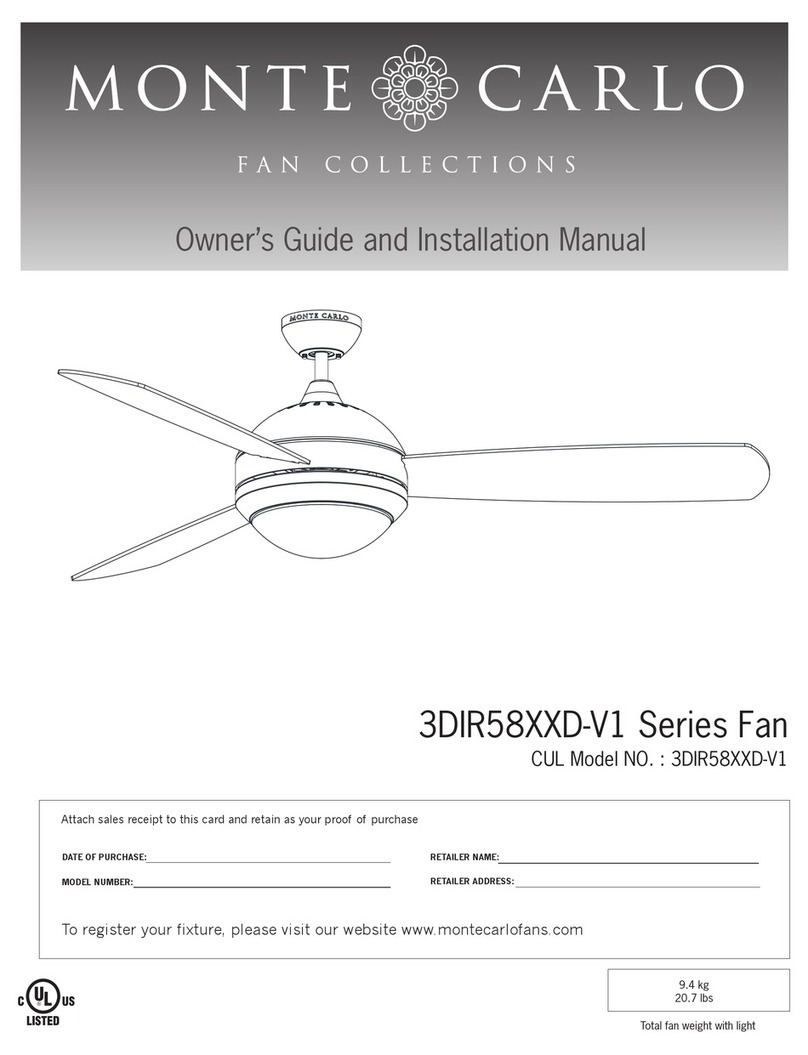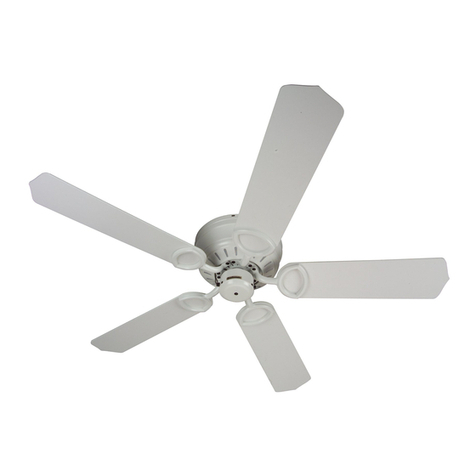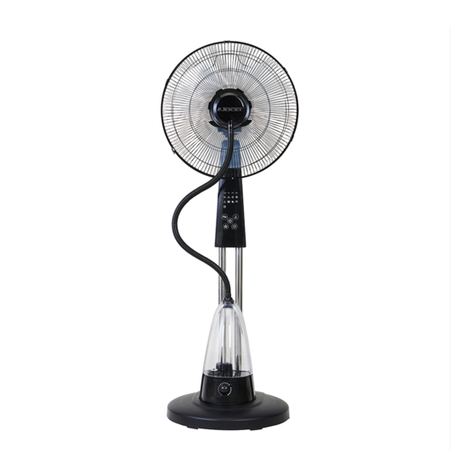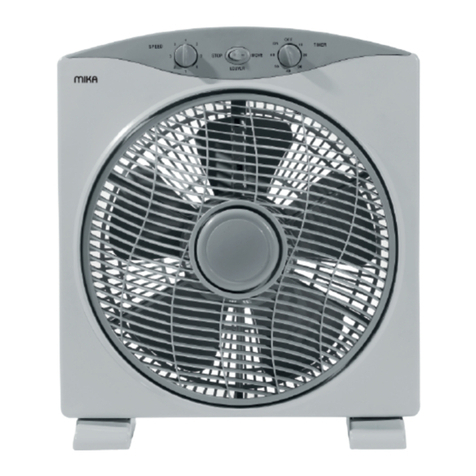
10
4.3 P
ERFORMANCE
C
HARTS
(
CONT
’
D
)
4.0 Technical Data (cont’d)
External Static Pressure - Pascals
(250 Pascals = 1” of water)
225
175
200
150
125
100
75
50
25
005025 100 12575 150
VG0041
External Static Pressure - Pascals
(250 Pascals = 1” of water)
225
175
200
150
125
100
75
50
25
005025 100 12575 150
VG0042
MODEL NUMBER: 84-ERV100
Electrical requirements: 120 volts, 1.3 amps.
Exhaust air transfer ratio: 0.06
MODEL NUMBER: 84-ERV200
Electrical requirements: 120 volts, 1.9 amps.
Exhaust air transfer ratio: 0.06
VENTILATION PERFORMANCE
External Static Net Supply Gross Air Flow
Pressure Air Flow Supply Exhaust
Pa in. w.g. L/s cfm L/s cfm L/s cfm
25 0.1 81 173 87 184 93 197
50 0.2 78 165 83 175 86 182
75 0.3 72 152 76 162 80 169
100 0.4 67 142 71 151 77 163
125 0.5 55 117 59 124 67 143
150 0.6 46 98 49 104 56 118
175 0.7 36 77 39 82 41 87
200 0.8 30 63 32 67 24 51
NOTE: Unit operating at maximum speed.
ENERGY PERFORMANCE
Supply Net Average Sensible Recovery Apparent Sensible Latent Recovery
Temperature Air Flow Power Efficiency Effectiveness Moisture Transfer
°C °F L/s cfm watts % %
0 32 29 60 56 71 79 0.52
0 32 47 100 80 64 73 0.41
0 32 65 137 126 60 68 0.36
-15 5 31 65 64 56 81 0.41
Total Recovery Efficiency
35 95 28 59 52 45
COOLING
HEATING
VENTILATION PERFORMANCE
External Static Net Supply Gross Air Flow
Pressure Air Flow Supply Exhaust
Pa in. w.g. L/s cfm L/s cfm L/s cfm
25 0.1 109 231 116 245 128 271
50 0.2 107 228 114 241 123 260
75 0.3 101 214 107 227 118 249
100 0.4 95 201 101 213 110 233
125 0.5 86 182 91 193 103 217
150 0.6 79 167 83 177 92 195
175 0.7 62 132 66 140 81 172
200 0.8 40 85 43 90 55 116
NOTE: Unit operating at maximum speed.
ENERGY PERFORMANCE
Supply Net Average Sensible Recovery Apparent Sensible Latent Recovery
Temperature Air Flow Power Efficiency Effectiveness Moisture Transfer
°C °F L/s cfm watts % %
0 32 52 110 93 69 76 0.45
0 32 74 157 130 64 71 0.38
0 32 96 203 193 60 68 0.30
-15 5 52 110 122 55 76 0.26
Total Recovery Efficiency
35 95 50 106 89 41
COOLING
HEATING
Gross Air Flow -L/s (0.47L/s = 1cfm)
Supply
(l/s)
Exhaust
(l/s)
Supply
(l/s)
Exhaust
(l/s)
Gross Air Flow -L/s (0.47L/s = 1cfm)

